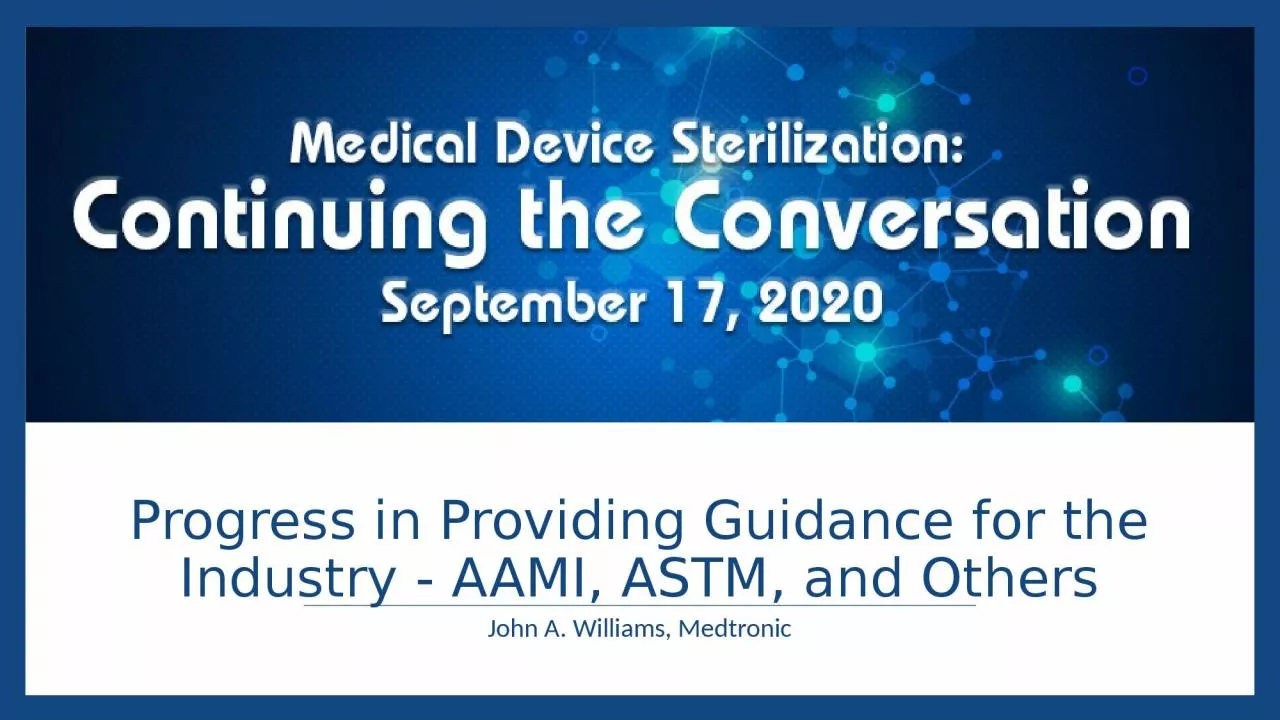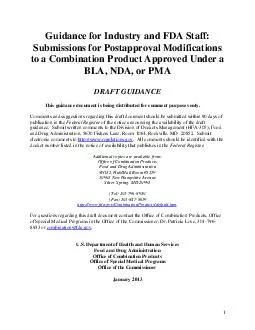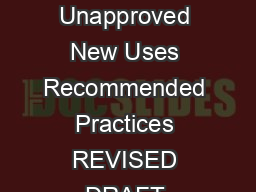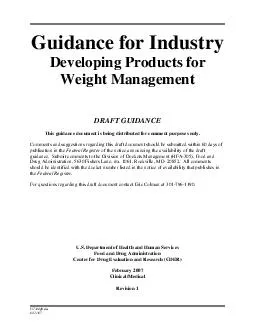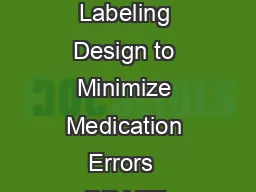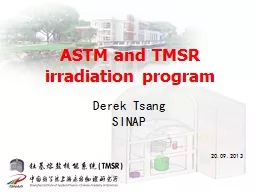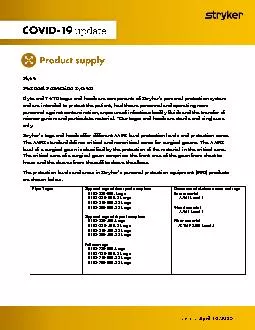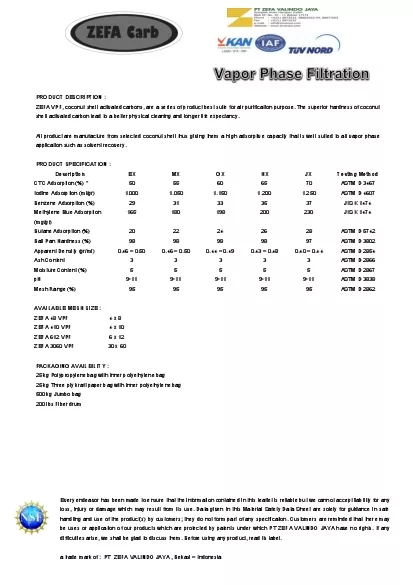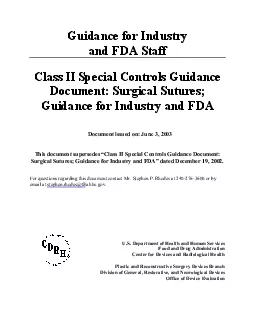PPT-Progress in Providing Guidance for the Industry - AAMI, ASTM, and Others
Author : madeline | Published Date : 2024-03-15
John A Williams Medtronic John A Williams Medtronic 2 September 17 2020 Agenda Role of Standards AAMI Overview ASTM Overview Standards Alignment Other Forums Call
Presentation Embed Code
Download Presentation
Download Presentation The PPT/PDF document "Progress in Providing Guidance for the I..." is the property of its rightful owner. Permission is granted to download and print the materials on this website for personal, non-commercial use only, and to display it on your personal computer provided you do not modify the materials and that you retain all copyright notices contained in the materials. By downloading content from our website, you accept the terms of this agreement.
Progress in Providing Guidance for the Industry - AAMI, ASTM, and Others: Transcript
Download Rules Of Document
"Progress in Providing Guidance for the Industry - AAMI, ASTM, and Others"The content belongs to its owner. You may download and print it for personal use, without modification, and keep all copyright notices. By downloading, you agree to these terms.
Related Documents

